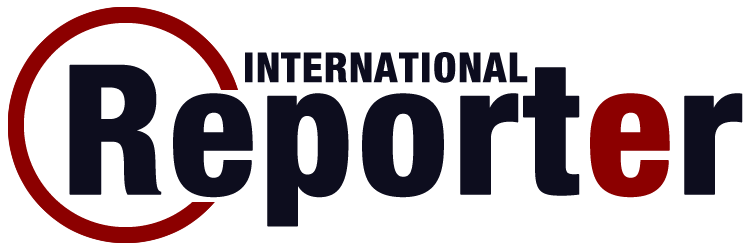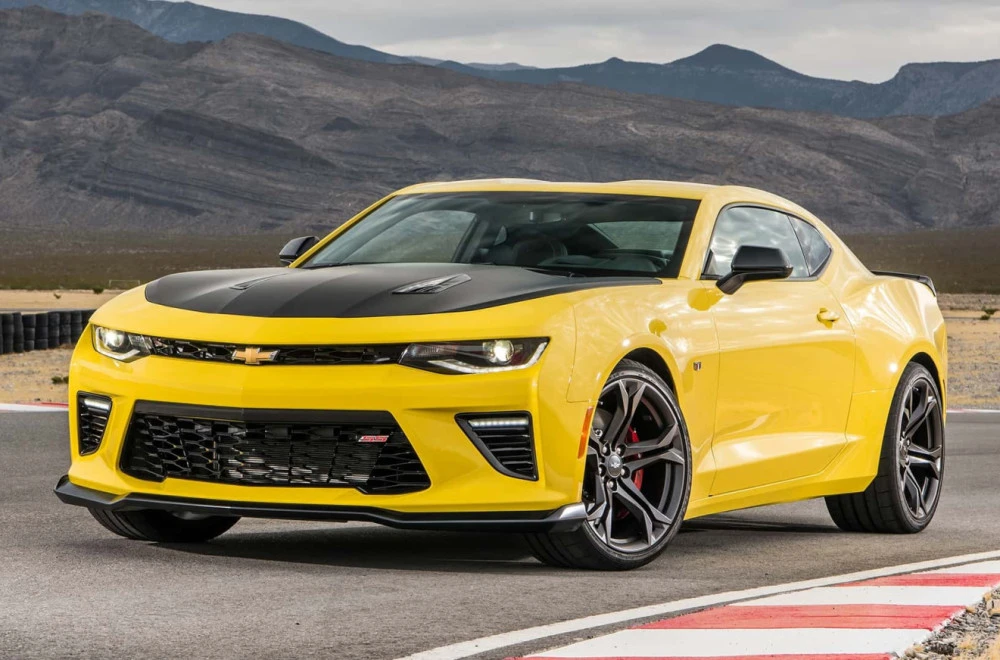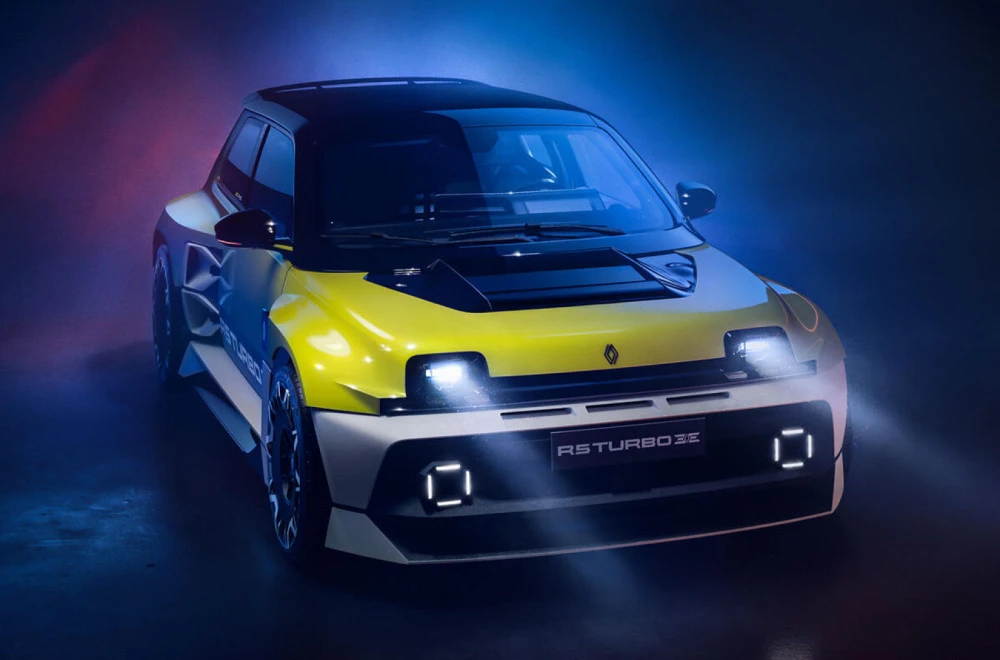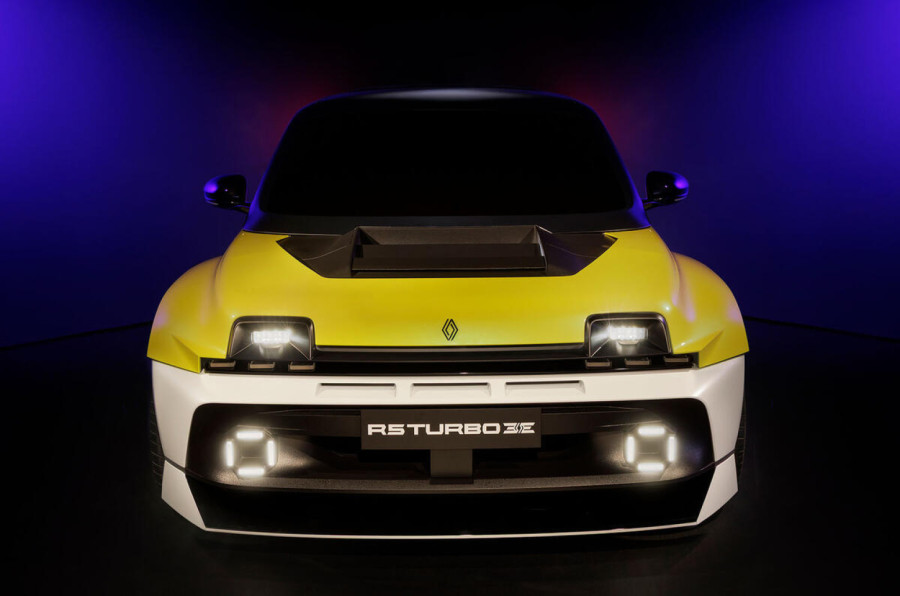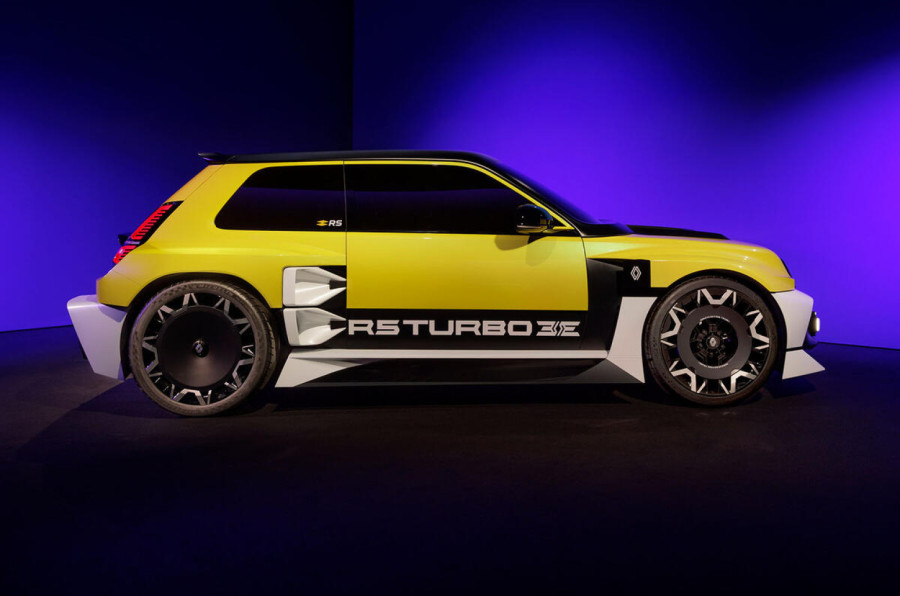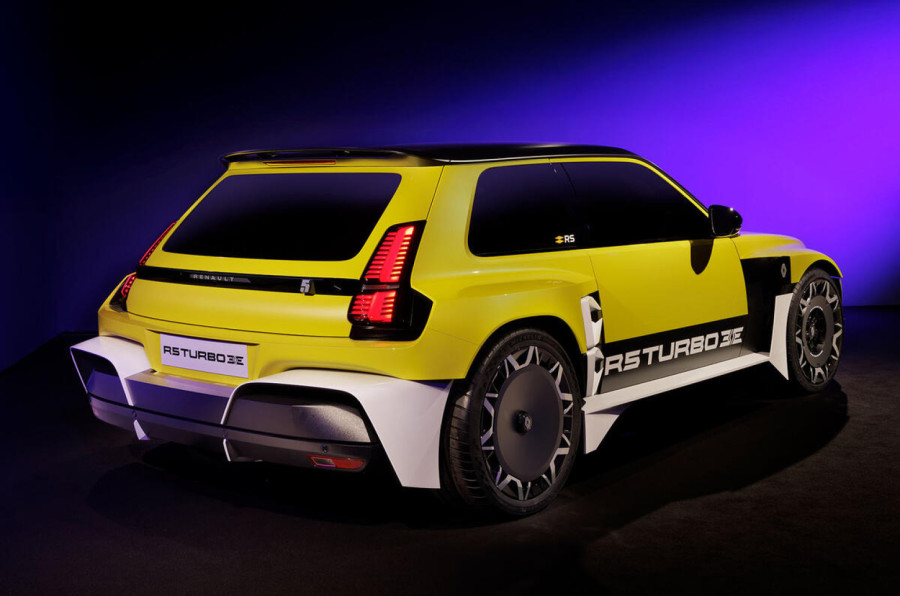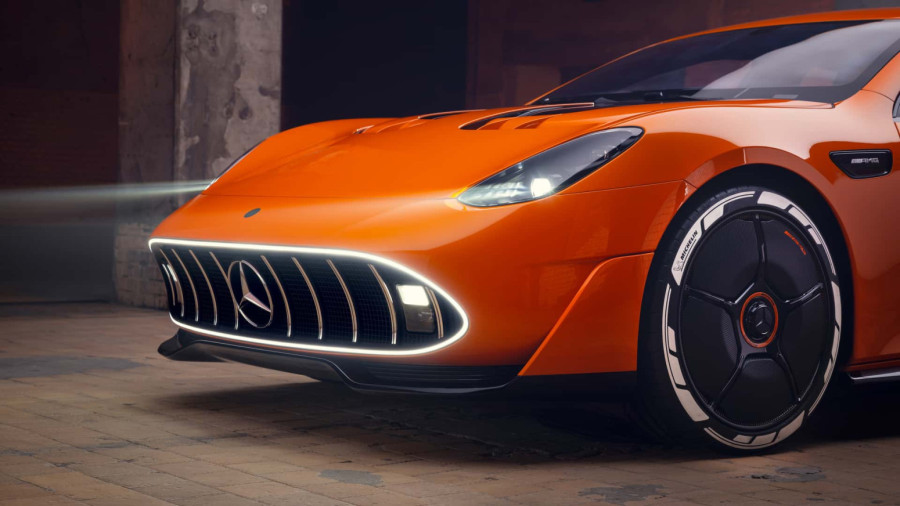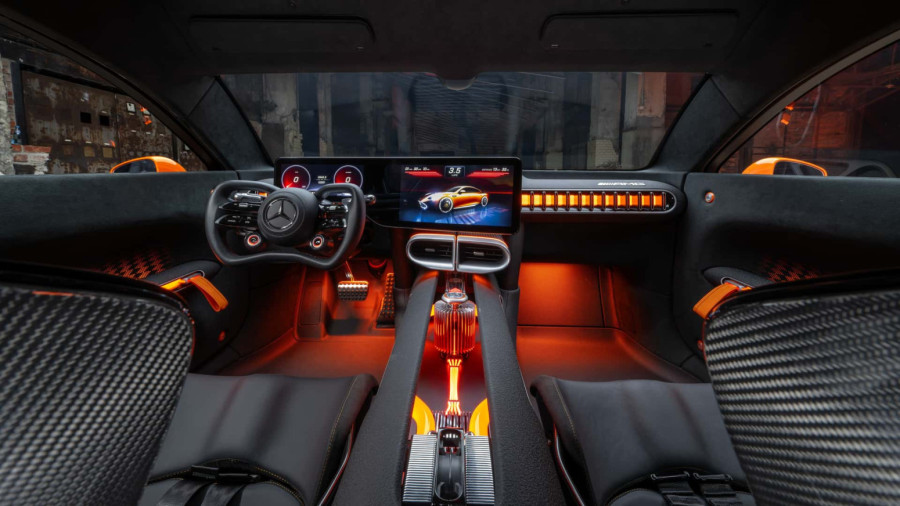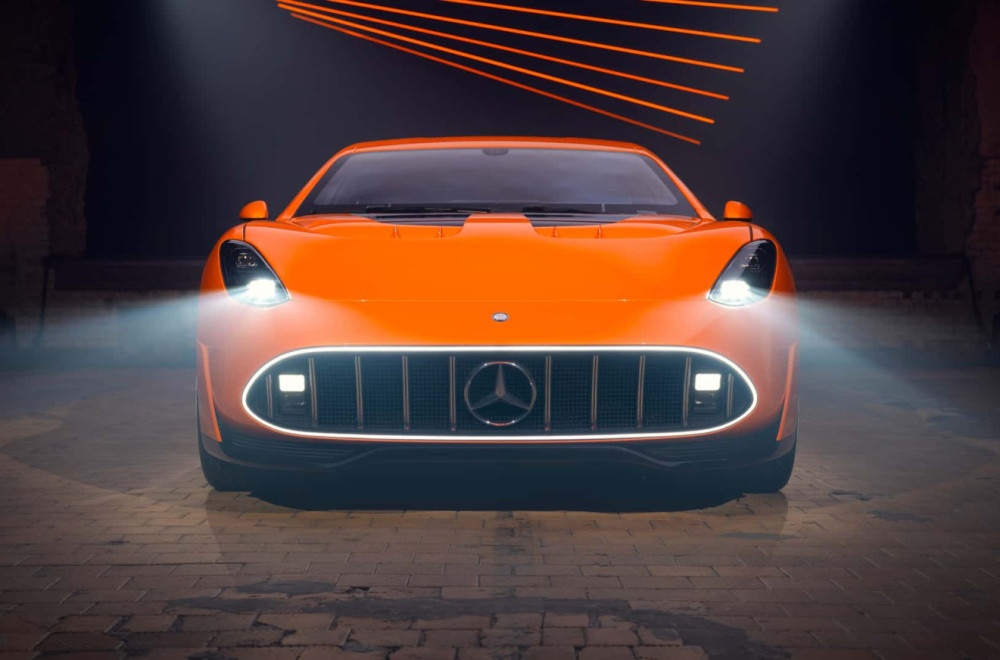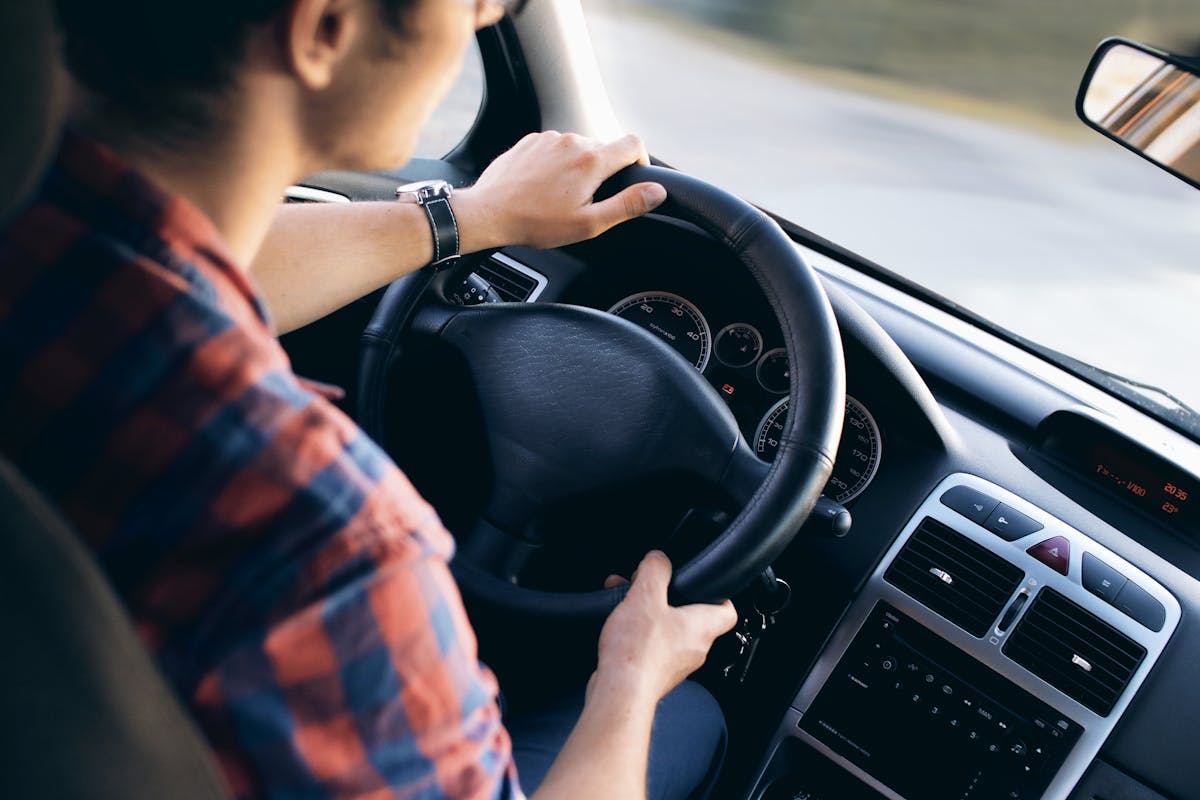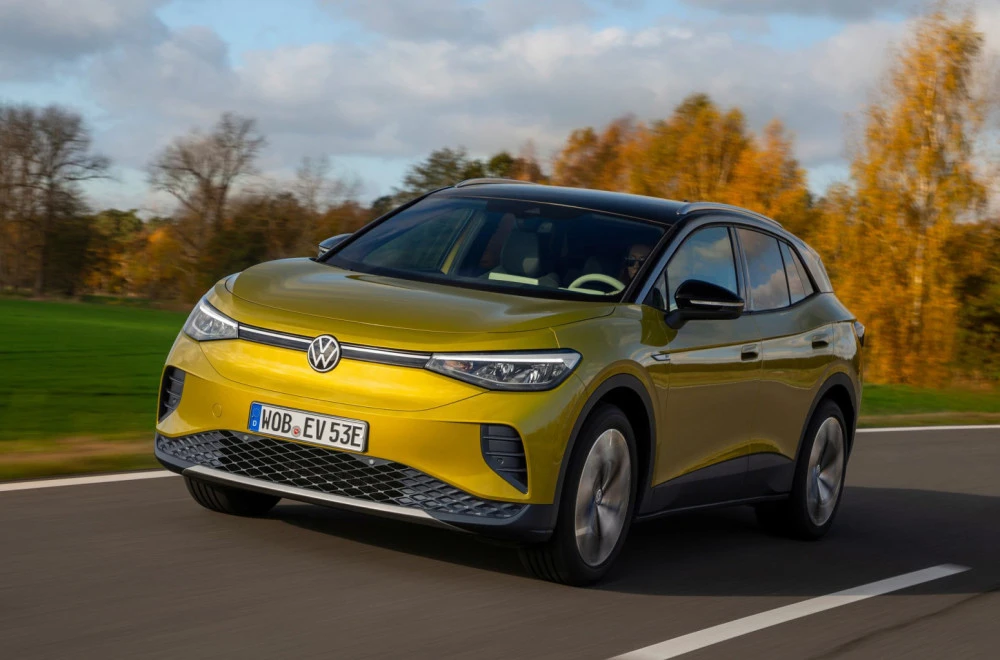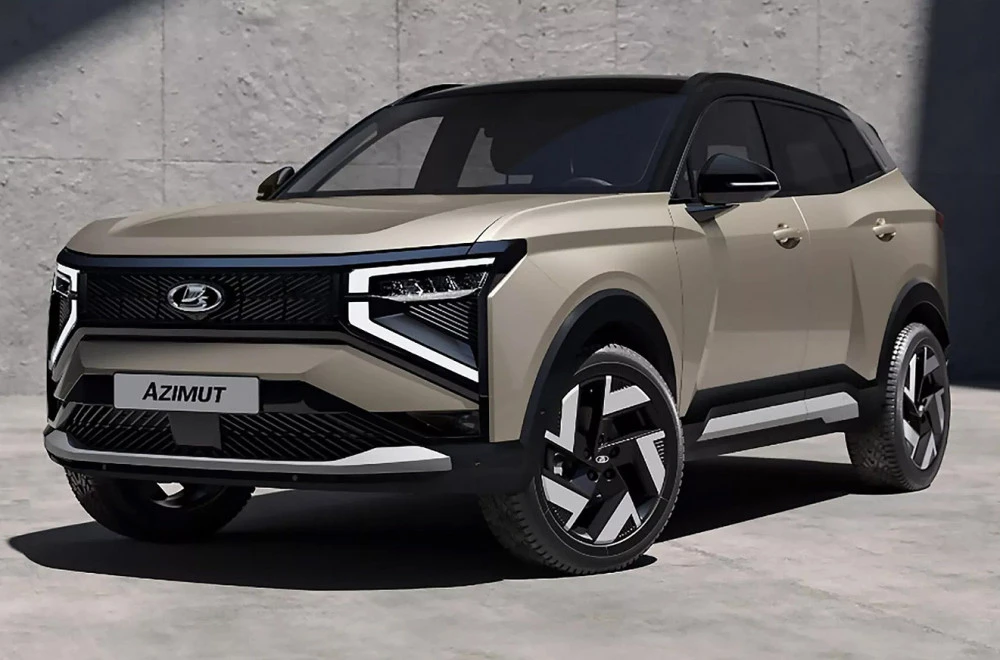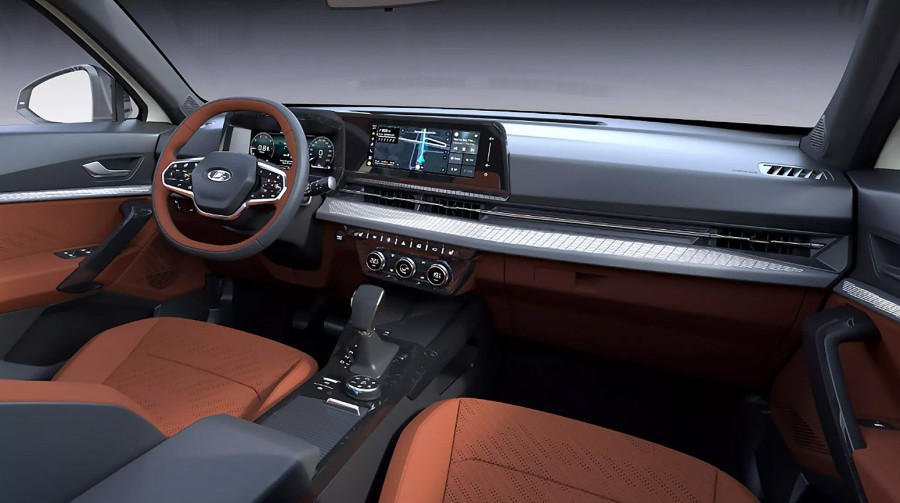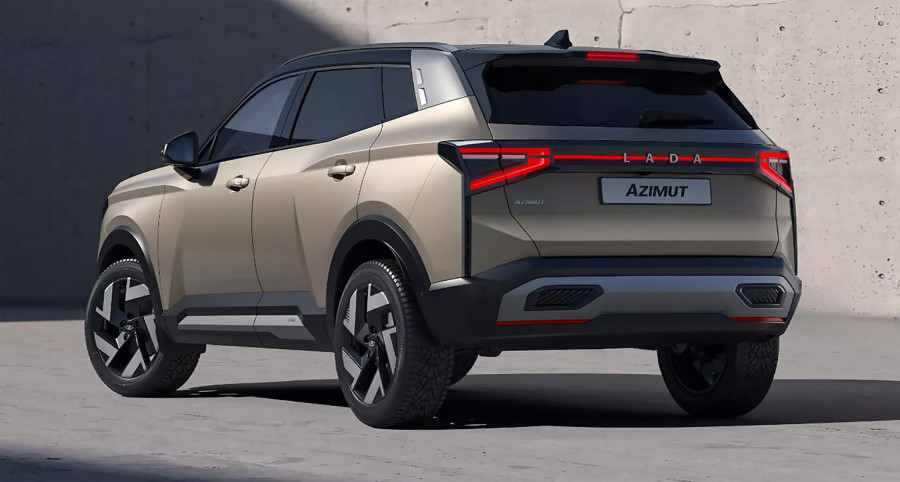Chevrolet produced the last Camaro in December 2023, when a ZL1 1LE with a manual transmission rolled off the assembly line in Lansing, Michigan.
But when the company announced the end of the model that same year, the company’s global vice president, Scott Bell, hinted that the Camaro might still have a future: “While we are not announcing an immediate successor today, rest assured – this is not the end of the Camaro story.”
However, even two years later, there is still no new Camaro. Nevertheless, a senior official from General Motors addressed the possibility of the seventh generation coming.
Speaking to The Detroit News, GM President Mark Reuss said that if the Camaro returns, it would have to meet certain criteria:
“I think the formula that combines beauty – and a bit of functionality and fun – is extremely important. If we’re bringing back the Camaro, that element is really key. I think it would be a great formula, and we have the opportunity to do it.”
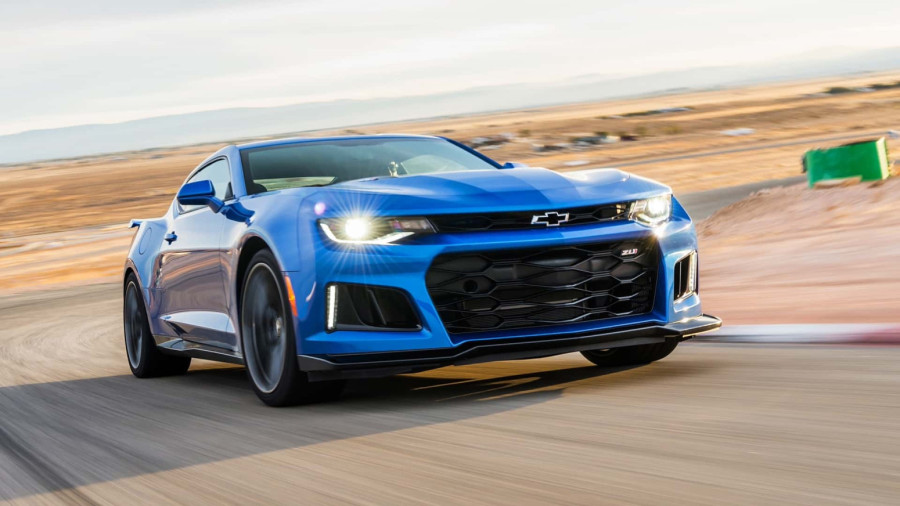
Still, Reuss warned that “the segment is shrinking,” citing the example of the Ford Mustang, which in 2024 had lower sales than the electric Mustang Mach-E.
That year, 51,745 units of the Mach-E were sold, while gasoline models – coupes and convertibles – reached 44,003 units.
However, in the first half of 2025, the Mustang regained the lead: by June, 23,551 units had been sold, compared to 21,785 units of the Mustang Mach-E.
Earlier this year, a report claimed that a proposal to revive the Camaro was doomed by GM management’s decision due to poor profitability.
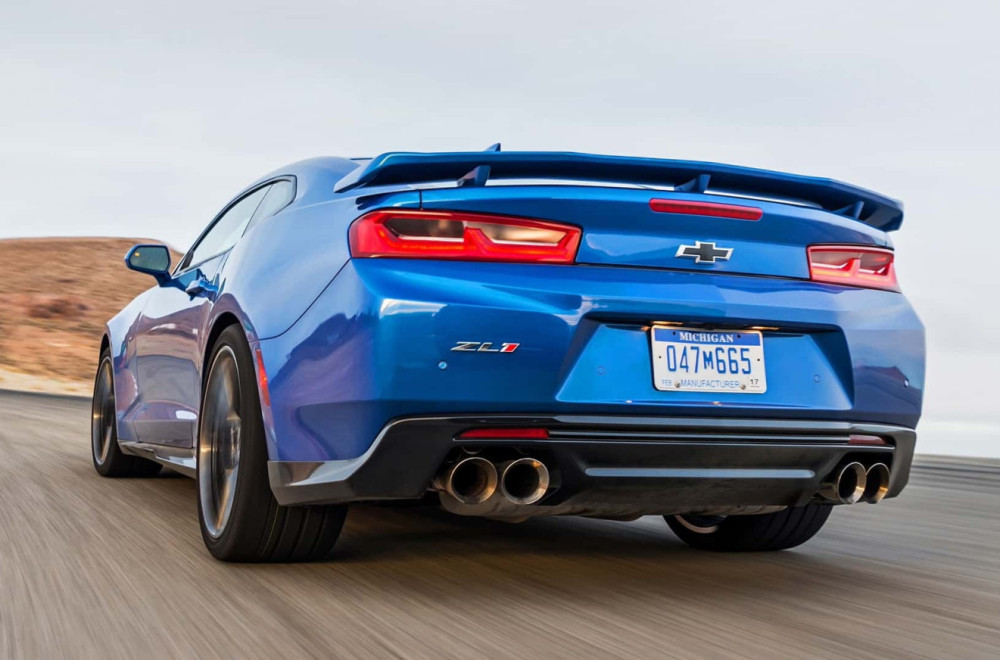
No matter how much enthusiasts disagree, sports cars are losing market share. Mustang sales fell by 14.2% in the January–June period, after Ford sold 9.5% fewer units in all of 2024 compared to the previous year.
For a new Camaro to succeed, it would have to use internal combustion engines. Chevrolet has already learned that the market is not yet ready for an electric version of the Corvette.
The model’s chief engineer, Tony Roma, openly said: “Nobody wants it.”
It makes sense to assume that market research for an electric Camaro would bring similar results.

Looking at rival Stellantis, early discounts on the electric Dodge Charger don’t inspire confidence. Still, Dodge is trying to turn things around by launching the Sixpack version this year, powered by a 3.0-liter inline six-cylinder twin-turbo engine.
There are also rumors that the Hemi V8 engine will return at the end of 2026. If that happens, it will further confirm that Americans’ love for large-displacement engines – and internal combustion engines in general – has not disappeared, especially in the high-performance car segment.
